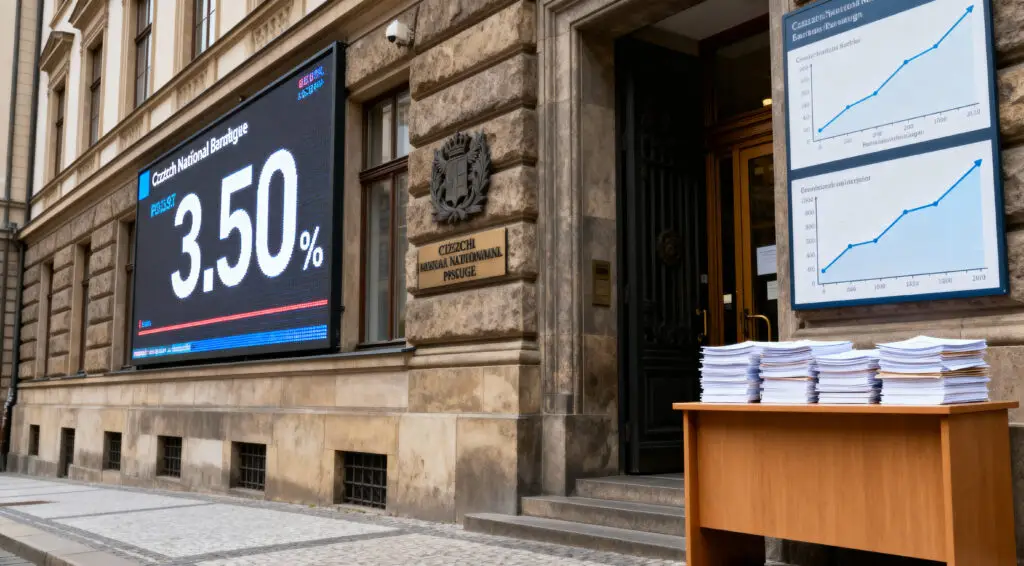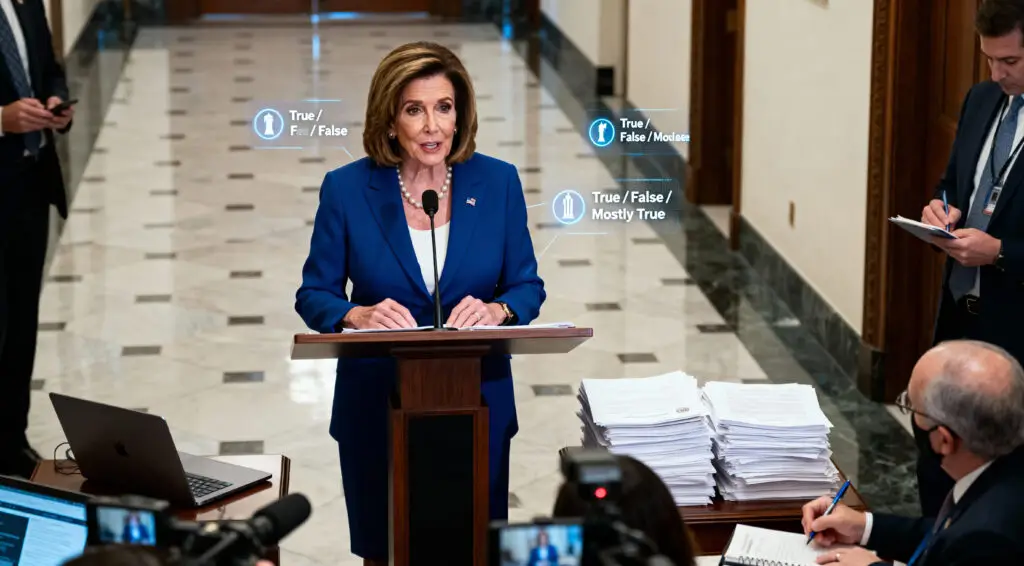In a significant development for the Ethereum network, core developer Barnabé Monnot has put forth a proposal to reduce block times from 12 seconds to a mere 6 seconds. This initiative, part of the upcoming EIP-7782, is slated for consideration within the Glamsterdam upgrade targeted for 2026. If implemented, this change could dramatically enhance the network’s speed and efficiency, impacting everything from decentralized finance (DeFi) liquidity to overall user experience. This proposal emerges as global crypto markets navigate evolving regulatory landscapes and geopolitical shifts, including Turkey’s move towards stricter regulations and Bitcoin’s recent recovery after a ceasefire agreement.
Ethereum’s Ambitious Block Time Reduction
Ethereum’s core developer Barnabé Monnot has recently unveiled a proposal aimed at significantly enhancing the network’s transaction speed. The plan involves cutting block times in half, from the current 12 seconds down to 6 seconds. This technical upgrade is being considered as part of EIP-7782, an Ethereum Improvement Proposal, and is intended for integration into the forthcoming Glamsterdam upgrade. Scheduled for 2026, this change represents a major step towards a more responsive and efficient Ethereum blockchain.
Potential Benefits for Decentralized Finance (DeFi)
A reduction in Ethereum’s block times could bring substantial benefits to the decentralized finance (DeFi) ecosystem. Faster transaction finality would likely improve liquidity across various DeFi protocols, making trading and lending operations more seamless. Additionally, quicker block processing could lead to reduced transaction fees, enhancing the cost-efficiency of using DeFi applications. These improvements are crucial for scaling DeFi and making it more accessible to a wider user base.
Concerns and Technical Challenges
While the prospect of faster block times is appealing, the proposal is not without its concerns and technical challenges. There are apprehensions about the potential impact on slower validators within the network, who might struggle to keep up with the increased pace. Furthermore, a reduced block time would inherently lead to increased bandwidth demands on the network, requiring robust infrastructure to maintain stability and decentralization. These factors necessitate careful consideration during the EIP-7782 development and testing phases.
Turkey’s Stricter Cryptocurrency Regulations
Parallel to Ethereum’s technical evolution, the regulatory landscape in other regions is also shifting. Turkey, for instance, is actively moving towards implementing stricter cryptocurrency regulations. These measures are primarily aimed at combating financial crimes and enhancing oversight of digital asset transactions. New requirements will mandate crypto platforms to gather more detailed transaction information from users and impose stricter withdrawal limits, reflecting a global trend towards greater scrutiny of the crypto space.
Bitcoin’s Rebound Amid Geopolitical Easing
In the broader market, Bitcoin has recently demonstrated resilience, reclaiming the $105,000 mark. This recovery follows a significant easing of geopolitical tensions, particularly after a reported ceasefire agreement between Israel and Iran. Such de-escalation often restores investor confidence and encourages a return to risk-on assets like cryptocurrencies. Bitcoin’s ability to rebound underscores its sensitivity to macro-geopolitical events.
Broader Market Recovery and Altcoin Gains
Bitcoin’s recovery has triggered a broader positive sentiment across the cryptocurrency market. Following the geopolitical reprieve, numerous altcoins have also experienced notable gains, reflecting a renewed influx of capital and investor optimism. This market-wide rebound highlights the interconnectedness of digital assets and their collective response to major global news events, showcasing the dynamic nature of the crypto landscape.
Balancing Innovation, Regulation, and Market Dynamics
The ongoing developments within the crypto landscape — from Ethereum’s proposed technical upgrades to Turkey’s tightening regulations and Bitcoin’s market movements — underscore a continuous balancing act. The sector constantly juggles the imperatives of innovation, which drives technological advancements and new use cases, with the need for robust regulatory frameworks that combat illicit activities and protect consumers. Concurrently, market dynamics remain heavily influenced by geopolitical shifts and investor sentiment, creating a complex and ever-evolving environment for digital assets.























